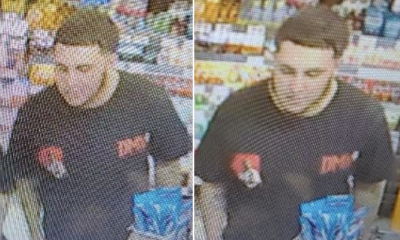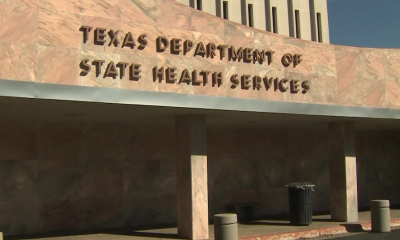How is herd immunity estimated?
Herd immunity is determined by two factors: the number of people who have been infected with COVID-19 and recovered, thereby offering natural immunity, and the number of people who have been vaccinated, said Steve Miff, president and CEO of the Parkland Center for Clinical Innovation.
Although the number of vaccinated people is fairly easy to determine, coming up with the number of people who have recovered is more complicated. The team knows how many county residents have tested positive and survived, but they have to estimate the number of residents who had the virus but never got tested for it, Miff said.
“As of April 9, we’re estimating that close to 37% of Dallas County residents, that’s roughly 975,000 people, have either been confirmed with COVID or are a presumed recovery — so not an insignificant number,” he said.
That number is then added to the number of residents who have been vaccinated. People who fall into both categories are removed so residents aren’t counted twice, Miff said.
To come up with the percentage of immunity the county needs to reach, the team then analyzes the transmission of the virus in the community.
The team uses a formula that’s based on an epidemiological model that tracks how people go from being susceptible to the virus to getting sick and then recovering, said George “Holt” Oliver, vice president of clinical informatics at the center.
The virus’s reproduction number, or the number of new cases that result from one case, is a large part of the formula, Oliver said. The number is also referred to as R0, which is pronounced “R naught.”
“The other challenge with coronavirus has been that that number is both influenced in real time by how people behave in terms of their protective measures … and more recently with the introduction or local development of variants that have potentially a more infectious nature,” he said. “That can also change the R0 value and subsequently, the finish line.”
The team also makes adjustments for the effectiveness of the type of immunity someone has as new variants emerge. Although it’s not yet known exactly how long a person has immunity after recovering, the low number of reinfections in Dallas County gives the team confidence that people are relatively protected after they recover — as long as six months, according to some studies, Oliver said.
What is the estimate for Dallas County, and when will we get there?
Using those formulas, the team estimates that 80% of Dallas County residents need to have immunity against COVID-19 for the county to reach herd immunity.
As of April 17, close to 539,000 people had been fully vaccinated in Dallas County, according to the state’s data. That’s about 20% of the county’s residents and 26.6% of the county’s population 16 and older.
The county was previously progressing toward the center’s goal at a rate of about 3% each week, Miff said. With the recent pause in administering the Johnson & Johnson vaccine, the center estimates that the county will progress toward that goal at a rate of about 2% to 2.5% each week.
Both rates put the county on track to reach herd immunity by mid-June, the center says.
“Reaching this 80% mark is not the finish line,” Miff said. “It’s a really important milestone. … But we’ll want to continue to progress beyond that and continue to vaccinate.”
According to the center’s data, certain groups within Dallas County are approaching or have passed the 80% mark. About 68% of people over 65 have immunity against the virus, Miff said.
But health experts say it’s important not to think of herd immunity at an individual or demographic level. Being in a group in which 80% of people are vaccinated is not the same as being in a community with herd immunity, where a population as a whole is generally more protected, health experts say.
Miff said achieving herd immunity is somewhat like preventing a fire: If an area is dry and hasn’t been burned, a fire will spread rapidly.
“With the previous infections, it’s almost like you’ve had a burn already. Part of the surrounding area experienced the fire before, so a new fire starts, there’s nothing else to burn there, so it’ll still stay contained,” he said. “The vaccination part is you proactively cutting down the dry area, the bush that could catch on fire. You’re proactively managing and maintaining that, so if a fire were to start, it doesn’t have many places, if any, to spread. It dies out pretty quickly.”
No vaccine is 100% effective, meaning people can still get the virus even if they get shots. Researchers are also still learning about the duration of protection vaccines provide, how much they protect against variants and whether they keep people from spreading the virus, making it hard to assume specifics about individual protection.
Health experts say that those questions will be answered as more people get vaccinated, but that for now, people shouldn’t assume being in a group where a large number of people are vaccinated means they are fully protected.
“At the individual level, you still need to be precautious because it just takes one person in one interaction for you to get sick,” Oliver said. “The fact that [the risk is] 80% lower doesn’t mean it’s zero.”










